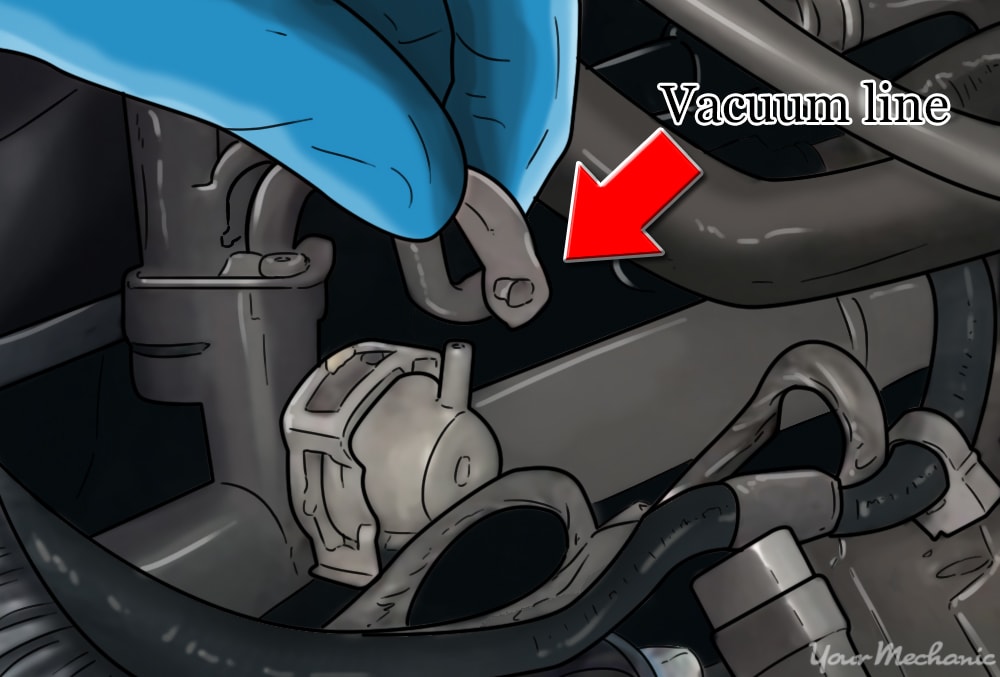

The Leak Detection Pump triggers the Check Engine light when your vehicle has minor leaks that are hard to detect.
Keep in mind:
Federal law requires a working leak detection pump because it helps ensure your evaporative emission system (EVAP) is functioning correctly. It's designed to mitigate fuel vapors escaping from the fuel system. Any leaks in the system can emit vapors that pollute the atmosphere, which is why it’s a regulated aspect of the vehicle’s engine.
How it's done:
- Disconnect negative battery cable at the battery
- Determine the location of the Leak Detection Pump
- Remove vapor/vacuum lines at Leak Detection Pump and disconnect electrical connector at the site
- Install a new Leak Detection Pump, reinstall vacuum lines and electrical connector
- Reconnect and test the battery for proper operation
- Recheck EVAP tests and clear codes
Our recommendation:
This repair is highly complex and is optimally performed by an experienced professional. Be sure to unhook the Leak Detection Pump from the battery tray in order to prevent damage to Leak Detection Pump wiring when you’re working on the Leak Detection Pump.
What common symptoms indicate you may need to replace the Leak Detection Pump?
The check engine light or the malfunction indicator light turn on if there’s an issue with the Leak Detection Pump. A diagnostic trouble code should register in the vehicle's memory because of a poorly working pump.
How important is this service?
Leak Detection Pumps collect and move fuel vapors for combustion and monitor the fuel system to ensure there aren’t issues that can harm the environment or your vehicle. It’s a vital service because it makes sure that the rest of your vehicle is working properly.



